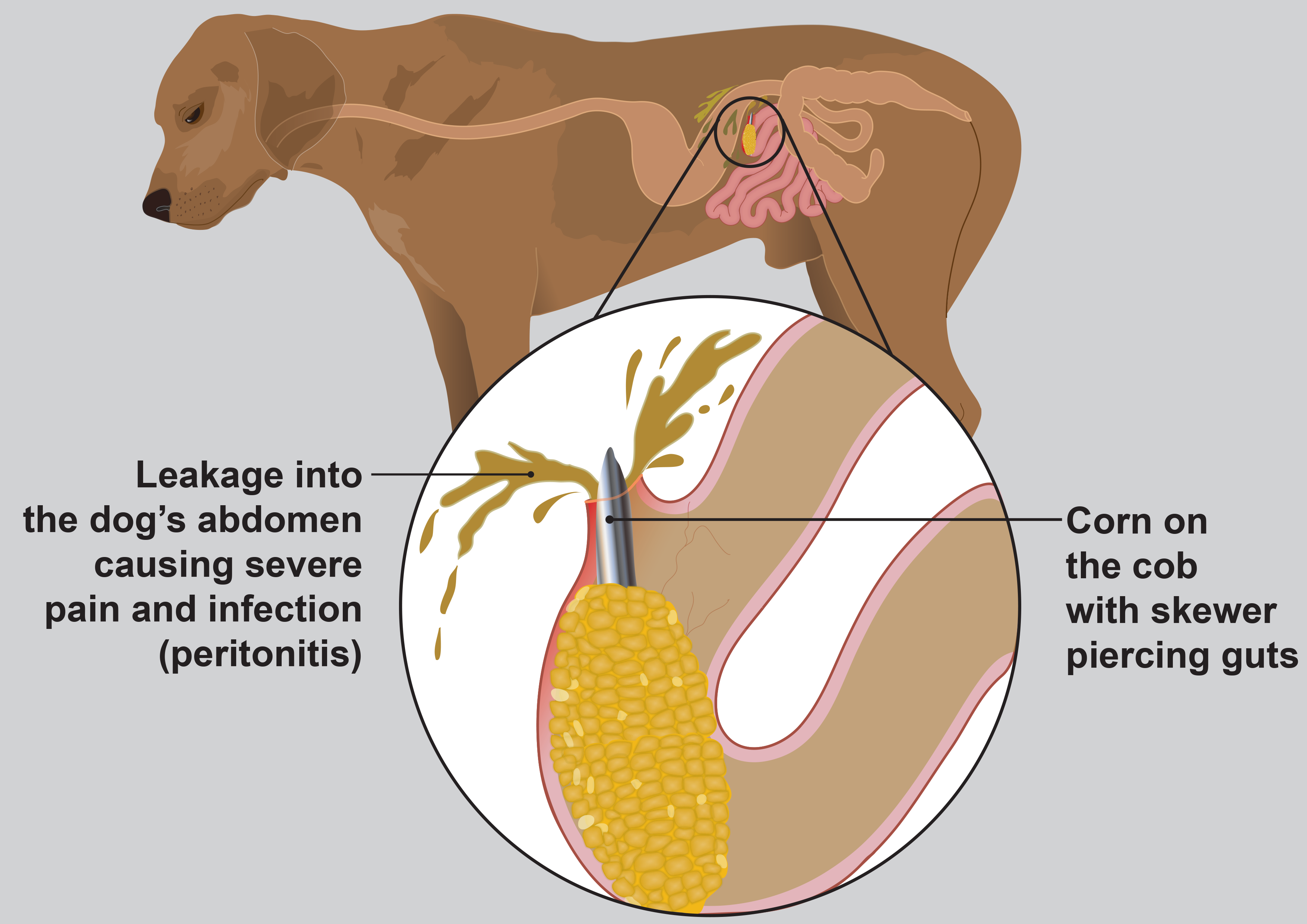Technically, choking is when something lodges in the larynx or trachea, preventing air flow. This can be nearly anything, even a small object such as a pen cap, bell, or thimble. Fortunately, choking is a rare occurrence in cats.
WHAT TO WATCH FOR
- Pawing at the mouth, drooling
- Coughing or gagging
- Anxiety or panic
- Labored breathing
- Fainting, unconsciousness, or, if air flow is completely blocked, an inability to breathe
- Bad breath, loss of appetite, listlessness (if something has been lodged in the mouth for a while)
PRIMARY CAUSE
Pieces of cat toys like small pompons or bells, splintered bits of bone, and other foreign objects can potentially get stuck in the larynx and cause choking.
IMMEDIATE CARE
If your cat is conscious and not too upset, you can try looking in his mouth for any foreign object. Remove it if you can, but in most cases you will probably not be able to do so safely. However, if your cat is too upset for safe handling, wrap him in a towel or put him in a carrier for transport to the veterinarian.
If your cat is unconscious and not breathing, or breathing with great difficulty, do the following:
- Open the mouth and pull the tongue forward. If you see a foreign object, try to grab it with your finger or tweezers.
- If that doesn’t work, try the Heimlich maneuver:
- Lay the cat on his side.
- Put one hand along his back.
- Put the other hand on his belly, just below the ribs.
- With the hand on the belly, give several sharp pushes in and up.
- Check the mouth for foreign objects and remove them, then close the mouth and give a couple of small breaths through the nose.
- Repeat these steps until you are confident there is no foreign object present in the airway.
- If the cat is still not breathing after the foreign object has been removed, check for a heartbeat or pulse. If none can be found, begin CPR and/or artificial respiration as needed and take your cat to the veterinarian immediately.
A note about strings: If you find a string (thread, tinsel, etc.) in your cat’s mouth, the temptation is to pull it out. Unless it slides out like a wet spaghetti noodle, DO NOT pull it. It is likely stuck somewhere inside and pulling will only make things a lot worse.
VETERINARY CARE
Diagnosis
Diagnosis will be based on examination of your cat and your description of what happened. X-rays of the head, neck, and chest may be necessary to locate the foreign object. Sedation may be required for the examination and X-rays.
Treatment
Your cat will most likely be sedated or anesthetized in order to remove the foreign object. The removal may be as simple as pulling it out of the mouth, or it may require a complicated surgery on the neck. The foreign object may cause damage that may require suturing or antibiotics, especially if the object has been lodged for a while.
LIVING AND MANAGEMENT
Once the foreign object has been removed, healing usually proceeds without a problem. If there was severe damage from the object, or if surgery was required, laryngeal paralysis is a possible complication. Scarring could cause strictures (narrowing of a passageway) to form, which could make breathing or swallowing difficult.
If your cat was without oxygen for an extended period of time, that could also cause problems, usually of a neurologic nature, such as blindness or mental dullness.
PREVENTION
Just as with small children, you need to be aware of potential choking hazards in your cat’s environment. In addition, something labeled as a cat toy is not necessarily safe for your cat, especially after your cat has chewed on it extensively.
Source: PetMD








